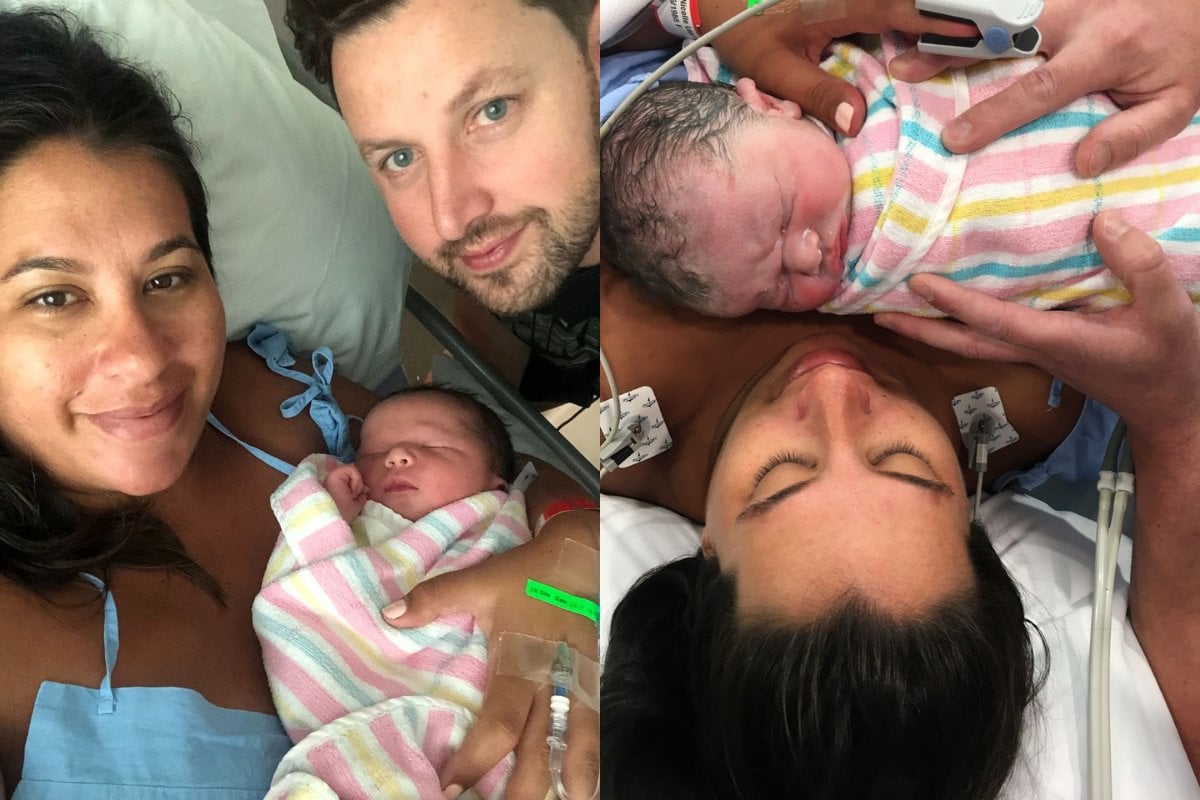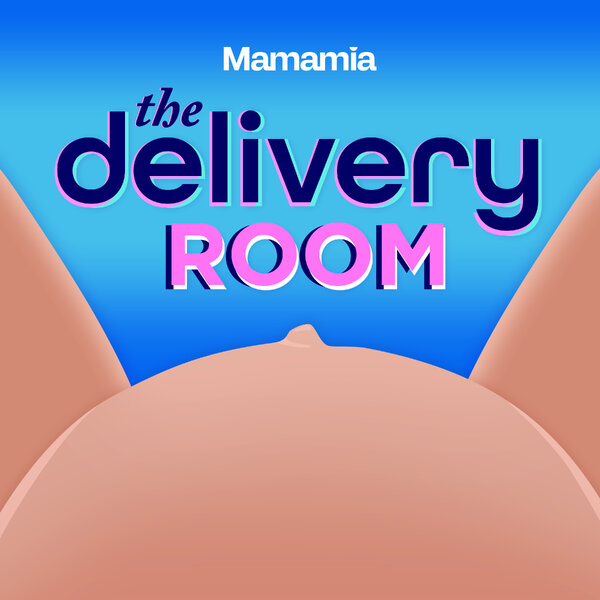
In 2019, 36 per cent of all women giving birth in Australia had a caesarean section. I was one of them.
Like many women, I hadn’t planned on having one, in fact, I had specifically been induced in an attempt to avoid one.
I had put lots of energy into reading and listening to everything and anything about birth.
I knew exactly what fruit size my baby was as each week went by. I decided not to have a 'birth plan' as such, except to trust my doctor.
What I’ve since learnt is that birth is over relatively quickly when you think about what comes next - caring for a newborn.
Watch: Your questions about childbirth, answered by mums and non-mums. Post continues below.
My baby was delivered safely medically, however there were some things I didn’t know enough about. Because of my focus on a vaginal birth, I hadn’t really done enough research into what was involved in a caesarean.
My first caesarean was classed as an emergency, but myself and my baby weren’t in any immediate danger.
I simply failed to progress after almost 24 hours in labour. I wasn’t having 'real' contractions, and my body wasn’t responding.


Top Comments